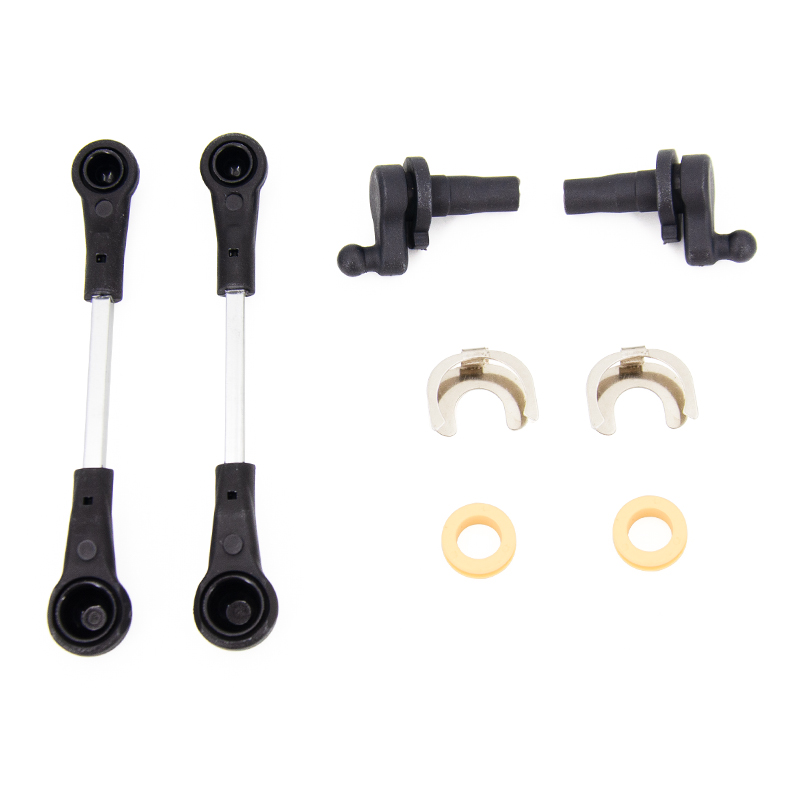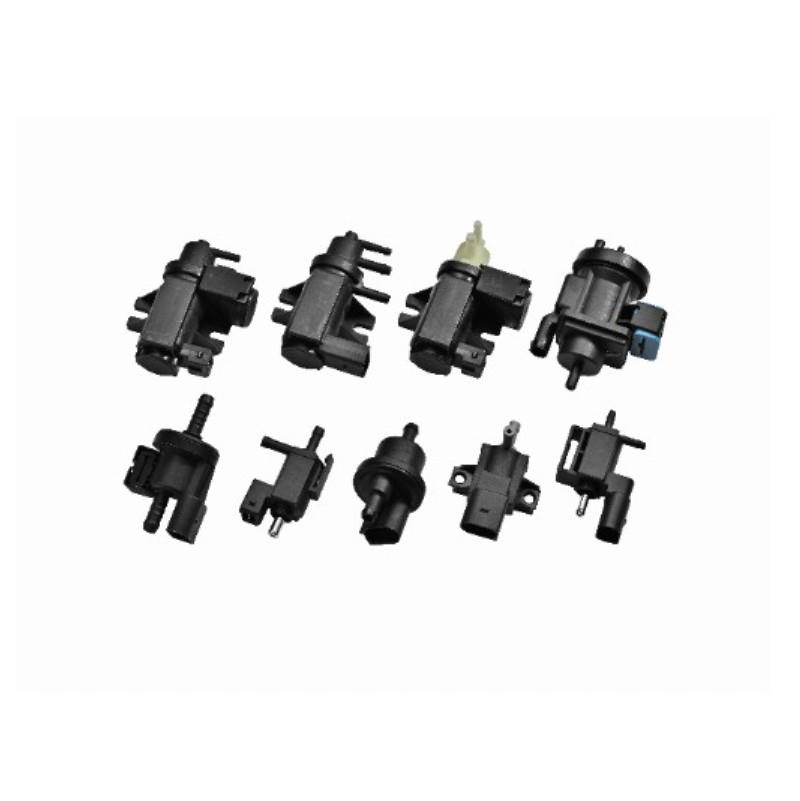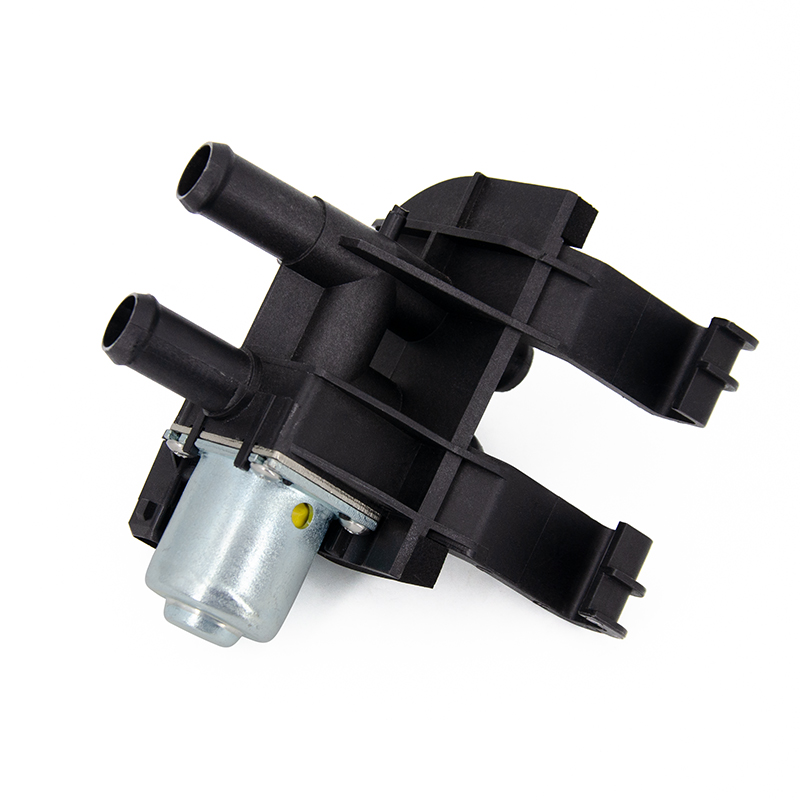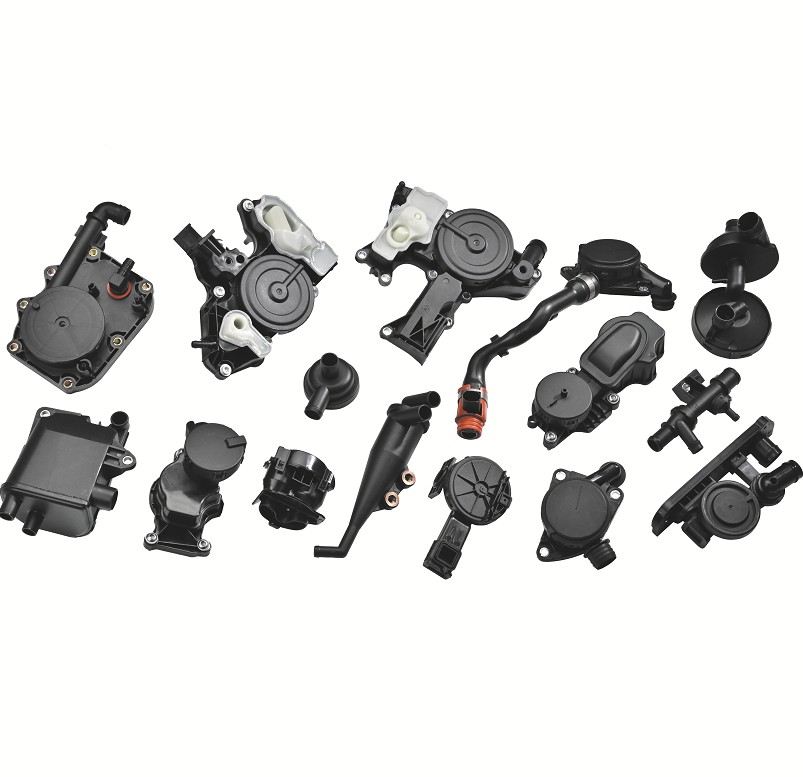Content
Why is Airflow so Crucial to Engine Performance?
To operate, an engine mixes fuel with air, which is then ignited by the spark plug. This combustion process requires a precise air-fuel ratio to achieve optimal performance and efficiency. Insufficient or unstable air flow results in incomplete combustion, resulting in reduced power, increased fuel consumption, and excessive emissions. Therefore, stable airflow is the cornerstone of efficient engine operation.
How the Intake Hose Supports Engine Function
The intake hose plays a key role in the engine's intake system, supporting engine function in the following ways:
- Air Delivery: It smoothly delivers clean air, filtered by the air filter, to the engine, ensuring that the air entering the combustion chamber is free of impurities.
- Vibration and Noise Reduction: Intake hoses are typically made of flexible materials, which absorb engine vibrations and reduce noise transmission.
- Airflow Regulation: Some well-designed intake hoses can also optimize airflow, reduce turbulence, and allow air to enter the engine more smoothly, improving combustion efficiency.

How Does the Intake Hose Work in a Vehicle?
After the vehicle is started, the engine begins to operate, generating negative pressure, which draws air from the air filter through the intake hose. Air flows through the hose and into the throttle valve, where it is then distributed to each cylinder via the intake manifold. This process relies on the airtightness and flexibility of the intake hose to ensure that air enters the engine only through the designed path, preventing the entry of unfiltered air or debris from outside.
What Problems May Arise if an Intake Hose Malfunctions?
Although intake hoses are durable, they can also deteriorate, crack, or break due to prolonged exposure to high temperatures and high pressures. Faulty intake hoses allow unfiltered air or dust to enter the engine directly, causing wear and tear on delicate components such as pistons and cylinder walls, significantly shortening engine life.
Common Symptoms
- Unstable Idle: A damaged intake hose can cause air leakage, resulting in an imbalanced air-fuel ratio, manifesting as fluctuating idle speed or jittering.
- Degraded Engine Performance: A leaky intake hose prevents the accurate calculation of the amount of air entering the engine, leading to a lack of power and weak acceleration.
- Malfunction Light Illuminated: The air flow sensor detects an abnormal amount of air, triggering a fault code and causing the MIL (Malfunction Engine Light) to illuminate.
- Unusual Noise: A cracked or loose intake hose may produce a whistling or hissing sound during engine operation.
How to Choose a Better Intake Hose?
When selecting an intake hose, the material is the primary consideration. High-quality intake hoses are typically made of heat-resistant, pressure-resistant, and corrosion-resistant materials such as rubber or silicone. Compared to traditional rubber, silicone intake hoses offer better heat resistance and a longer service life, and can withstand the high temperatures found in the engine compartment. When selecting an intake hose, you should also consider whether the size and connector of the intake hose match your vehicle model to ensure a good seal and easy installation. Regular inspection and replacement of the intake hose is an important maintenance measure to keep the engine running healthily.


 English
English русский
русский Español
Español Deutsch
Deutsch











